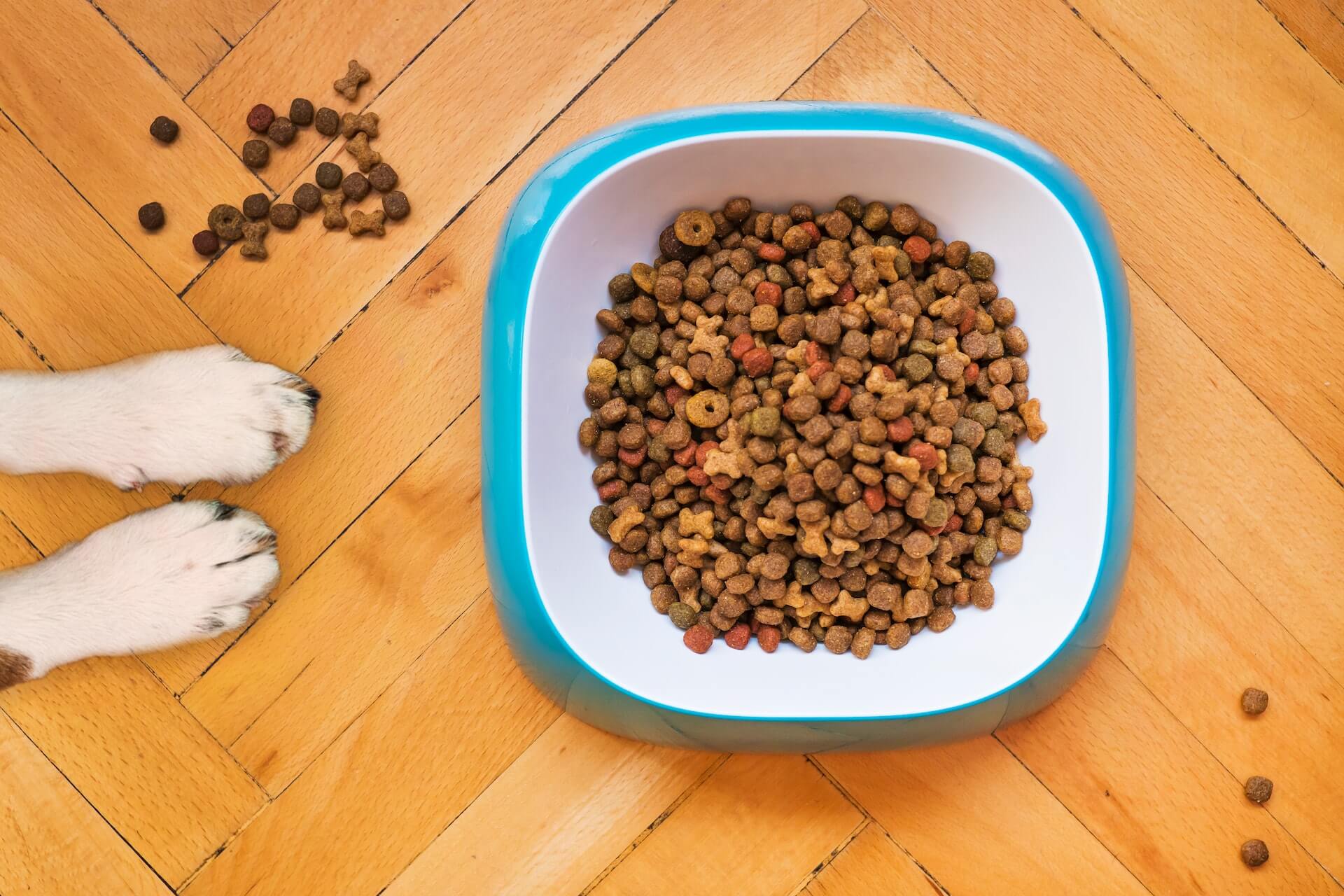Different food preservation methods have been around for centuries. Even with refrigeration and other modern techniques (such as adding preservatives) widely available today, traditional preservation methods are still being used. For instance, sun-dried and air-dried food is still quite popular. We may use technology to make the process more efficient, but the outcome remains the same.
Here, we’ll discuss everything you need to know about air-dried food — what it is, what foods can be air-dried, and whether they’re good for your health.
What is Air-Dried Food?
Air drying and dehydration are often used interchangeably when talking about drying as a preservation technique. However, when pertaining to air-dried food, it is important not to confuse it with other dehydration methods.
While many dehydration methods use hot air to reduce moisture in food products, air drying specifically uses a combination of low-humidity and low-heat environments to move food from the air and evaporate.
Traditional methods of air-drying can be as simple as hanging food to dry in dry environments that do not have much heat. On the other hand, modern air drying processes make use of drying chambers that continuously circulate air at a constant temperature.
Is Air-Dried Food Healthy?
Air-dried food is healthy for a number of reasons.
One is that air-dried food has no artificial preservatives. Preservatives are chemicals that are added to prevent spoiling, maintain the food’s nutritional quality, and improve its flavor and appearance.
Air-drying preserves food without adding such substances, relying instead on the evaporation of moisture through a gentle and slow process in drying chambers. By bringing moisture down, there is no need to use artificial preservatives since mold and bacteria are far less likely to grow and contaminate the food.
Air-dried foods are also more nutritious. Air drying does not use high temperatures to encourage evaporation in food products. This allows food to retain most of its nutrients, including necessary vitamins and minerals. Air drying minimizes processing damage to deliver the maximum amount of nutrition you can get from your food.
Does Air Drying Destroy Nutrients?
Air-drying does not destroy nutrients. In fact, it keeps them in food for longer without spoiling. This is in contrast to preservation methods that apply heat, which destroys bacteria more effectively but also risks losing some of the food’s nutritional content.
However, it is worth noting that most preservation methods will not be able to retain all of the nutrients in food unless you use other techniques like freeze drying. Freeze drying food is healthy since it retains about 97% of the nutrients in food and valuable plant compounds.
What Foods Can Be Air-Dried?
Popular air-dried foods include:
- Herbs
- Peppers
- Mushrooms
- Fruits
- Cured meats
- Pet food
Is Air-Dried Foods the Same as Dehydrated Food?
Air-dried foods are not the same as dehydrated foods, although the terms are sometimes used synonymously. Air-dried food isn’t subjected to high temperatures like other dehydrated foods are.
Instead, it is air-dried in smaller batches at moderate temperatures. Evaporation is used to dry off the food’s moisture. Food that is naturally preserved without the use of artificial preservatives is the end product.
Air-Dried vs. Freeze-Dried Foods
Air drying and freeze drying are two different ways of preserving various types of food. Here is a a comparison between the two methods:
| Air-dried foods | Freeze-dried foods | |
| Water content | 1% – 4% | 5% – 7% |
| Process | Warm air and evaporation | Freezing and sublimation |
| Shape retention | More shriveled | Less shriveled |
| Shelf life | Up to 20 years | Up to 30 years |
| Nutritional value | 70% – 75% | 90% – 97% |
| Tase and texture | Dense with a dry crunch | Crunchy and dry |
| Rehydration time | 25 – 30 minutes | 8 – 10 minutes |
There are a few main differences between dehydrated foods, such as those processed with air drying, and freeze drying.
While dehydration methods like air drying have been around for centuries, freeze drying is newer and was only introduced in the 1950s and 1960s.
Dehydrating food can be more convenient since it does not typically require special equipment.
Air drying can be done by using a well-ventilated indoor room, such as an attic or a screened porch. Food manufacturers with more resources may use drying chambers to further control and maintain the humidity, temperature, and air circulation levels for more advanced air drying.
Freeze drying, on the other hand, requires home or commercial freeze drying machines depending on who what, and how much is being freeze-dried.
However, the biggest difference between these two preservation methods is the variety of freeze drying. Not all types of food air dry or dehydrate well, while many foods can be freeze-dried. While air drying might limit you to fruits, vegetables, and some meats, it is possible to freeze dry almost anything. For instance, you can easily freeze dry dog food.
Summary
Air drying is a preservation process that works by reducing the moisture content of food products using minimal heat, low humidity, and constant air circulation — a method that has been done for many years and is modernized with the help of today’s technology.
It maintains most of the healthy nutritional content in fresh foods and also has a long shelf life, making it ideal for individuals with busy lifestyles.
Apart from air drying, freeze drying is another preservation method that you can consider for your personal or business needs. If you’re in need of such services, then reach out to us at Empire Freezing & Drying by calling us at 973-649-9800 or emailing info@empiredrying.com.



